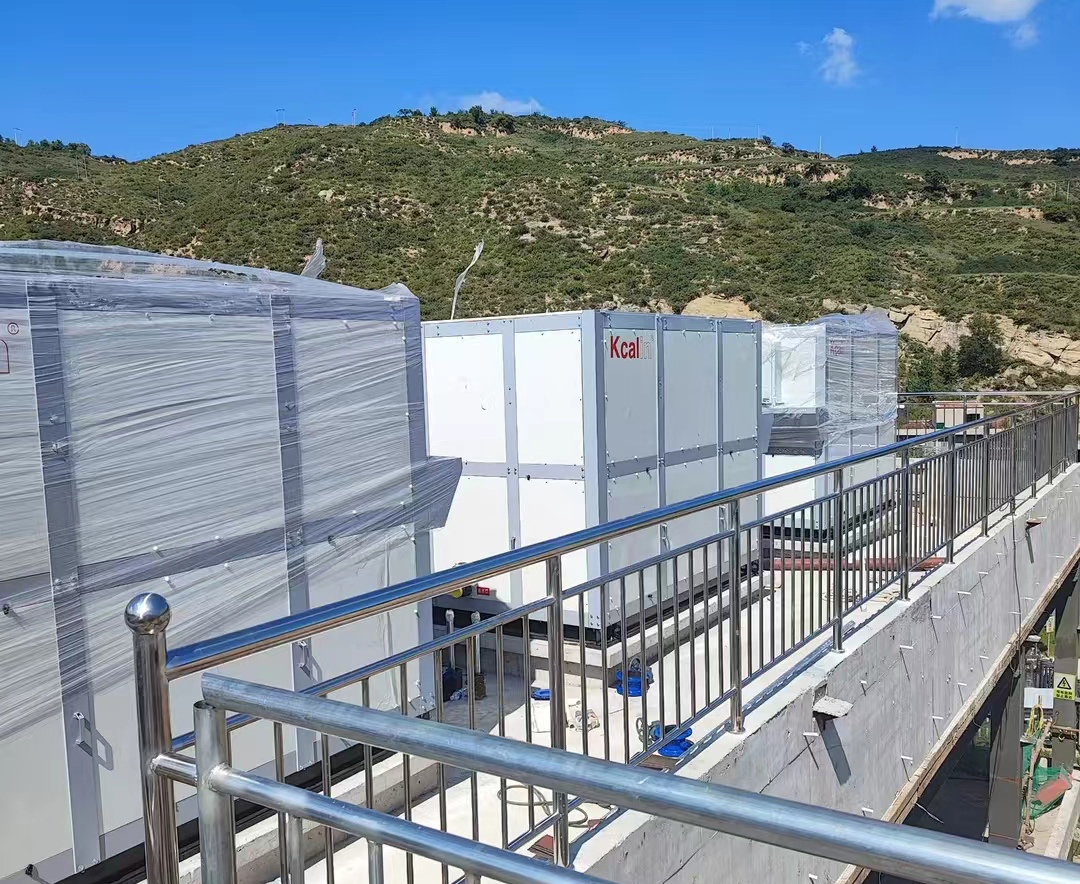In mining production, lack of air is a common phenomenon that may cause a series of safety hazards. In order to better understand the causes and characteristics of wind exhaustion, it is necessary to have a deeper understanding, in order to provide a more comprehensive understanding for mine ventilation management.
Lack of ventilation refers to the phenomenon of reduced air flow rate and ventilation volume in the mine ventilation system. This phenomenon may occur in different areas of the mine, posing a certain threat to the normal ventilation operation of the mine. Understanding the causes and characteristics of poor ventilation is crucial for preventing accidents and improving mine ventilation efficiency.
The main causes of wind deficiency
Increased local resistance: There are various types of resistance in the mine, such as bending of tunnels, support structures, etc. The increase in local resistance may lead to the occurrence of wind exhaustion.
Gas accumulation: Gas is a common harmful gas in mines, and its accumulation may lead to a decrease in the efficiency of ventilation systems, forming areas with poor ventilation.
Fan failure: The fan in the ventilation system is a critical component, and fan failure or unstable operation can directly affect the ventilation effect, leading to lack of air.
Mine fire: The fire may cause a decrease in oxygen content in the air and the generation of toxic smoke, thereby affecting the normal operation of the ventilation system.

The characteristics and manifestations of wind exhaustion
The decrease in airflow speed: The intuitive manifestation of the lack of air in the area is a decrease in air flow velocity, which may lead to insufficient oxygen supply in the mining operation area.
Temperature rise: Lack of ventilation is usually accompanied by an increase in temperature, which may be due to poor ventilation, making it difficult to effectively remove heat from the mine.
Gas concentration increase: If the lack of air is related to gas accumulation, the gas concentration may increase in the lack of air area, increasing the risk of explosion.
The impact of lack of wind on mining production
Safety hazard: Lack of air may lead to insufficient oxygen in the work area, increasing the concentration of harmful gases and increasing the risk of accidents.
Reduced production efficiency: Lack of air causes poor air circulation inside the mine, affecting the efficiency of workers.
Shortened equipment lifespan: Poor ventilation may cause the equipment to overheat, shortening its service life.
Strategies for preventing and responding to wind exhaustion
Regular ventilation system inspection: Conduct regular inspections of the ventilation system to promptly identify and repair issues such as fan malfunctions and increased resistance.
Gas drainage: Using gas drainage technology to reduce the accumulation of gas in the mine and reduce the risk of ventilation failure.
Security Monitoring System: Deploy a security monitoring system to monitor the gas concentration and ventilation inside the mine in real time, and provide early warning.
Lack of ventilation is a common problem in mine ventilation systems, posing a potential threat to mining production and the safety of workers. By deeply understanding the causes and characteristics of wind fatigue, and adopting effective prevention and response strategies, the risks brought by wind fatigue can be greatly reduced, ensuring the smooth progress of mining production.







Comment